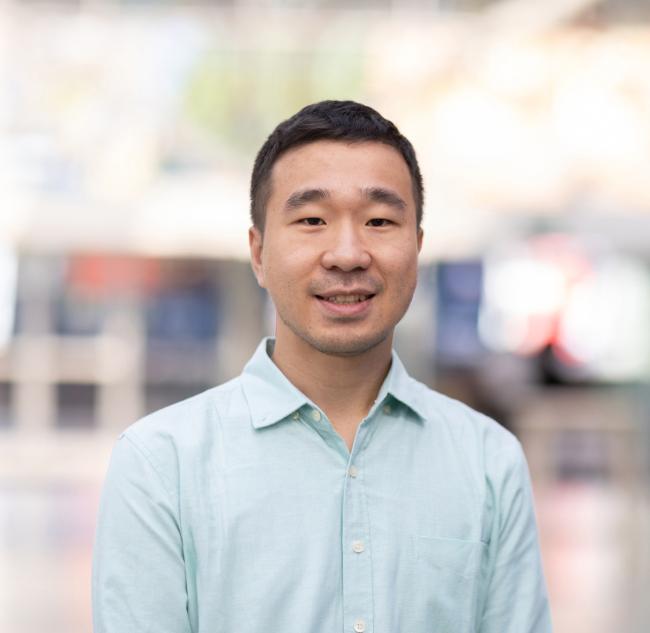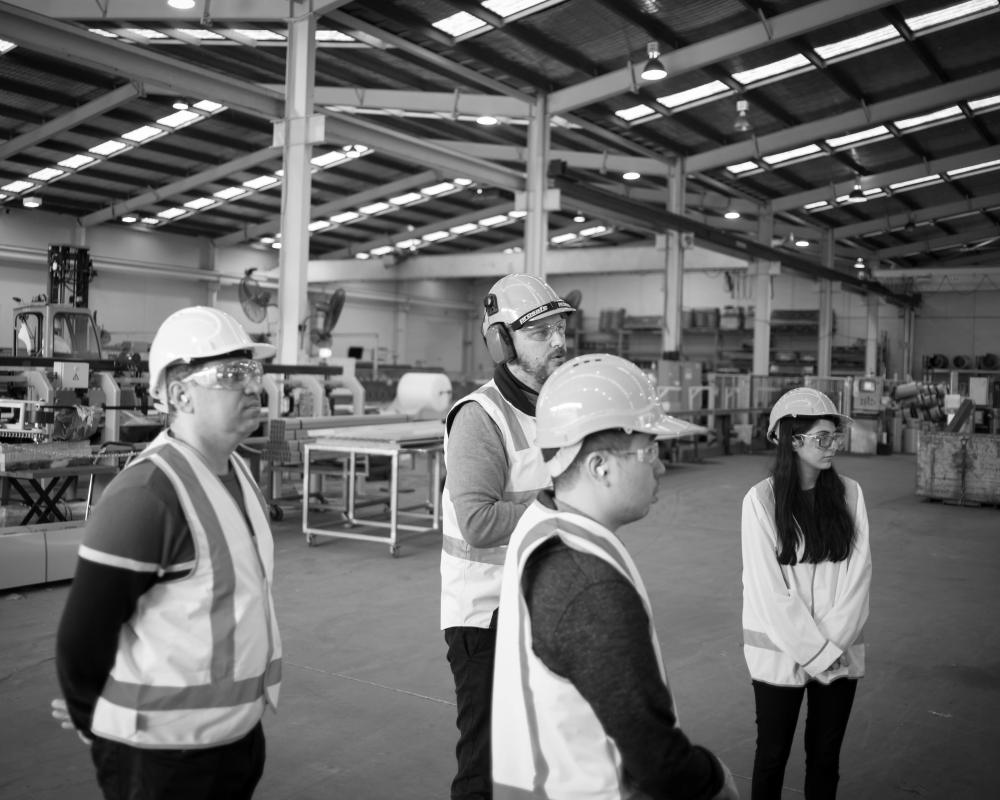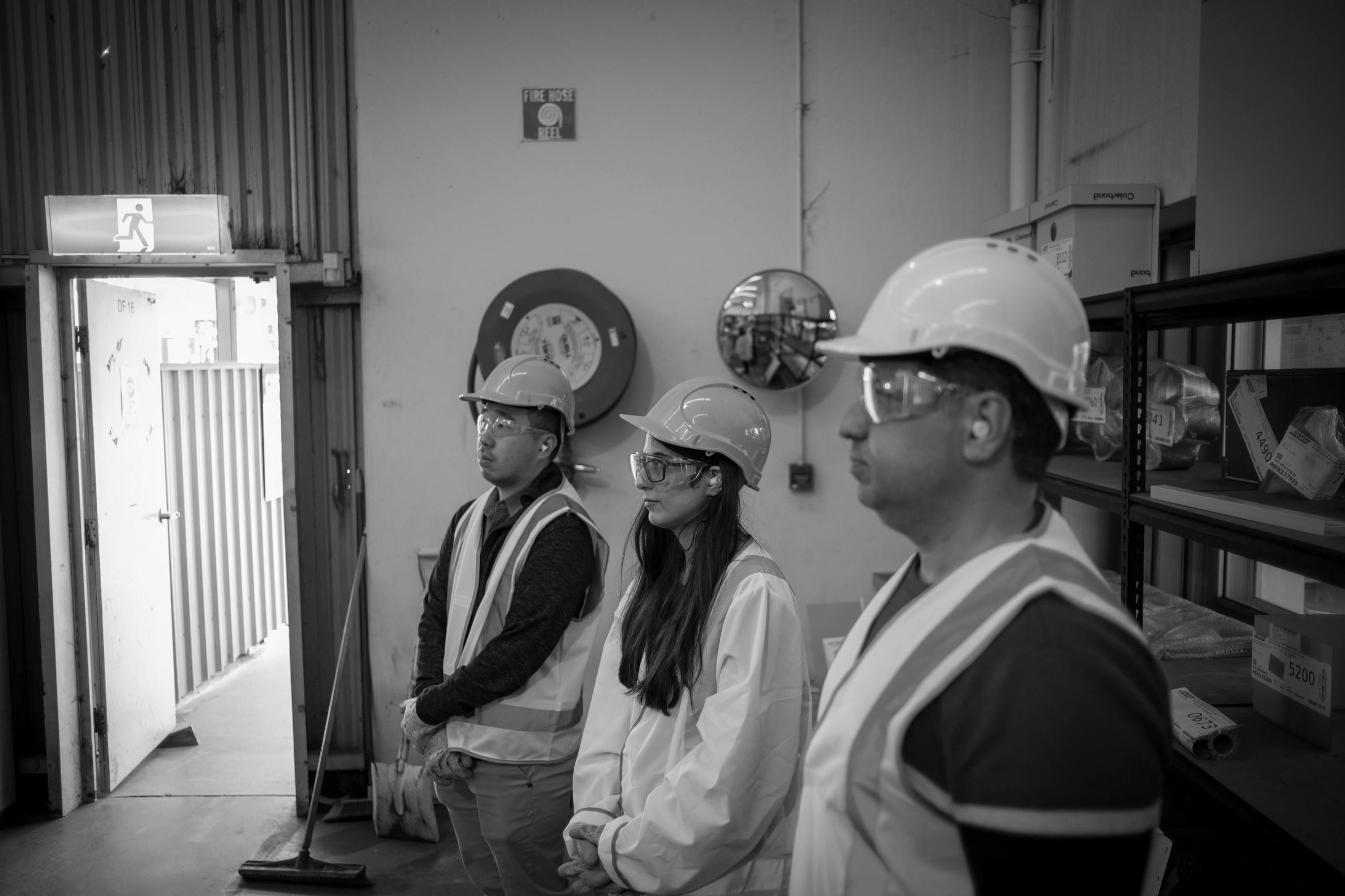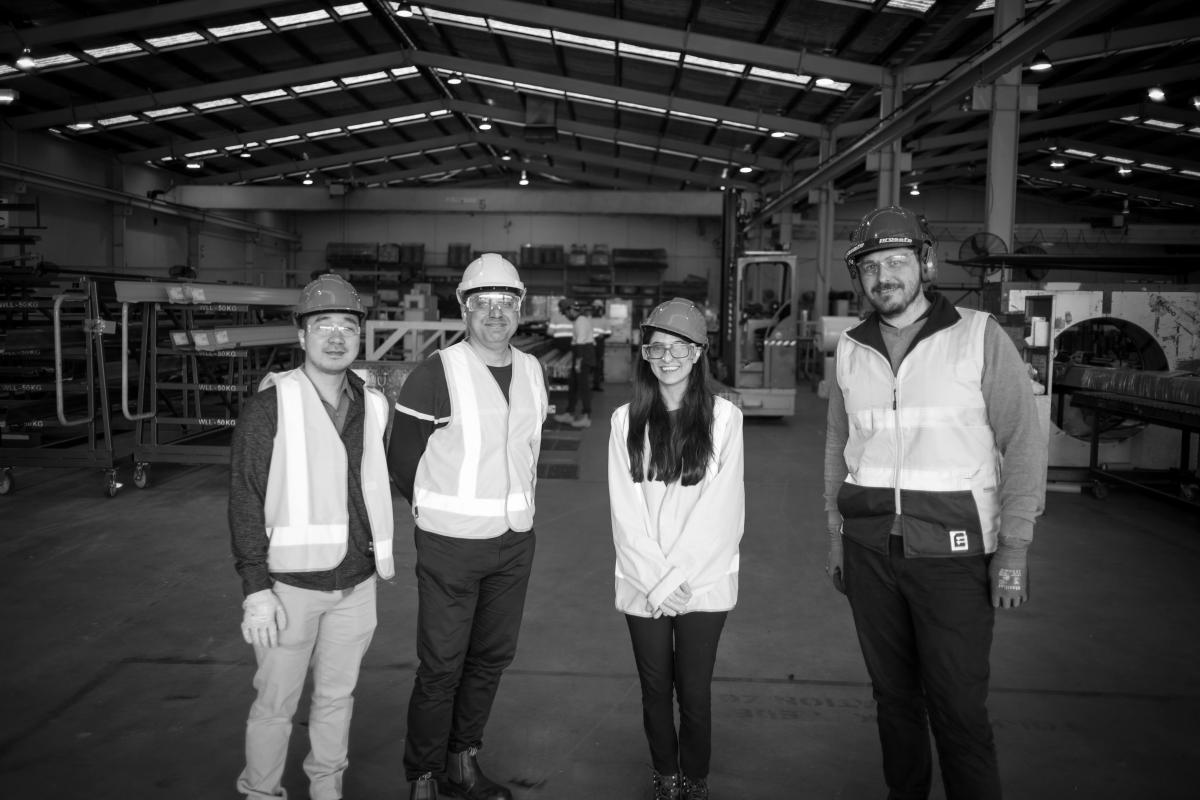Today’s buildings face growing pressure to perform structurally, thermally and environmentally. That’s why Fielders is proud to support emerging research that rethinks the role of façades in passive design.
Through the BlueScope UA iPhD Program, Ricardo is investigating how steel cladding profiles can be designed to self-shade, reducing heat gain and improving energy performance in buildings, particularly in Australia’s warm climate zones.
“The main aim is to investigate how specific patterns, shapes, and configurations of steel sheet profiles can help reduce heat gain through building envelopes, which in turn improves overall energy efficiency,” he explains.

Rethinking façades, not just form
While passive solar design has been explored extensively at the level of building form, Ricardo’s research looks at the façade itself as a powerful tool for temperature control. He’s particularly interested in how steel façades with self-shading capabilities can reduce heat gain and improve energy performance, especially in hot climates like Australia’s.
“While a lot of research has focused on shading through overall building form, there’s still a gap when it comes to how façade components themselves can be designed to contribute to self-shading, especially using steel, which is widely used in commercial construction,” Ricardo says.
Seeing this gap, Ricardo set out to investigate how the shape and pattern of steel cladding profiles could play a more active role in passive design strategies.
“I saw a chance to bridge that gap, by exploring how design innovation could meet practical, real-world material use, particularly in climates like Australia’s where managing solar heat gain is so important.”
Ricardo’s approach is grounded in how products are made, specified and installed in the real world. That’s where Fielders was proud to support Ricardo’s research, bringing academic research into direct contact with commercial reality.
“Ricardo’s research is directly relevant to all three: innovation, façade design, and sustainable construction practices,” says Marina Aburas, Technical Project Lead at BlueScope Building Components.
“Self-shading façades are an innovative step in façade design, offering aesthetic and performance benefits. They significantly contribute to sustainable construction by reducing solar heat gain and energy consumption. His architectural science background ensures not only design relevance but design excellence that architects actively seek.”


From theory to fabrication: bridging research and industry
The Fielders partnership has grounded Ricardo’s academic work in practical reality, from access to real-world products to design input from experienced manufacturers.
Through the collaboration, he’s been able to test commercially available cladding profiles under solar radiation and gain insight into real-world considerations such as material thickness, surface treatments and oil canning.
“They've also given me access to real-world cladding products currently on the market, which has allowed me to test and evaluate how these profiles perform under solar radiation,” Ricardo explained.
Fielders has also supplied materials and technical advice throughout the research process, supporting the development of physical test setups and helping prioritise designs with commercial potential.
“Working with Fielders has brought a really practical dimension to the research. They’ve provided ongoing input throughout the project, access to product information, and materials for building the physical setup,” he noted.
By connecting academic exploration with manufacturing insight, the partnership has allowed Ricardo to test ideas in real-world conditions.
Designing for tomorrow’s climate
The goal of Ricardo’s research is to support more climate-responsive building design solutions that enhance thermal performance without compromising on architectural ambition. Rather than relying on dramatic shifts in building form, his work explores how façades themselves can deliver passive solar benefits through self-shading design.
“I hope this research encourages greater attention to passive thermal design at the façade level, especially through self-shading strategies that don’t rely on changing the entire building geometry,” Ricardo says.
Through a combination of physical testing and thermal simulations, Ricardo is examining how cladding profiles can strike a balance between energy performance and architectural expression.
“If the prototypes and concepts prove effective,” he explains, “they could inspire a new generation of steel cladding products that combine architectural interest with energy performance.”
For Fielders and BlueScope, the research also provides a window into what the architectural community is seeking from next-generation façade systems, particularly the growing demand for materials that are both high-performing and design-flexible.
“This collaborative exploration could lead to truly integrated design solutions,” says Marina, “empowering architects to create innovative and high-performing buildings.”
She adds, “From our business perspective, I believe these collaborations on cutting-edge projects are invaluable, allowing us to develop new product lines and enhance existing ones to meet the evolving needs and creative visions of the architectural community.”

Innovation through collaboration
The collaboration with Fielders has played a major role in shaping both the direction and the potential impact of Ricardo’s research. By engaging directly with a manufacturer open to experimentation and forward-thinking design, the project has remained grounded in industry realities while pushing into new territory.
“What makes the collaboration even more valuable is that Fielders, as an industry partner, are open to new technology and innovation,” Ricardo says. “This openness makes the research more exciting and reinforces its potential for real-world impact.”
The enthusiasm at Fielders is mutual. Marina highlights the value of Ricardo’s architectural lens and the broader impact of the work.
“It's been a genuine pleasure working with Ricardo on this project. His architectural science background brings a really valuable and insightful perspective to the research,” she says. “I am incredibly enthusiastic about the potential of this collaboration to drive transformative innovation within our product offerings and further strengthen our commitment to sustainable building solutions. This partnership truly showcases the strategic benefits of connecting industry expertise with academic rigour.”
As the building industry continues to evolve in response to climate demands, this project is a reminder that innovation isn’t always about radical change. Sometimes, it’s about seeing familiar materials in a new light. With Fielders’ support, Ricardo’s research is helping bridge the gap between visionary thinking and real-world application, right where progress happens.
